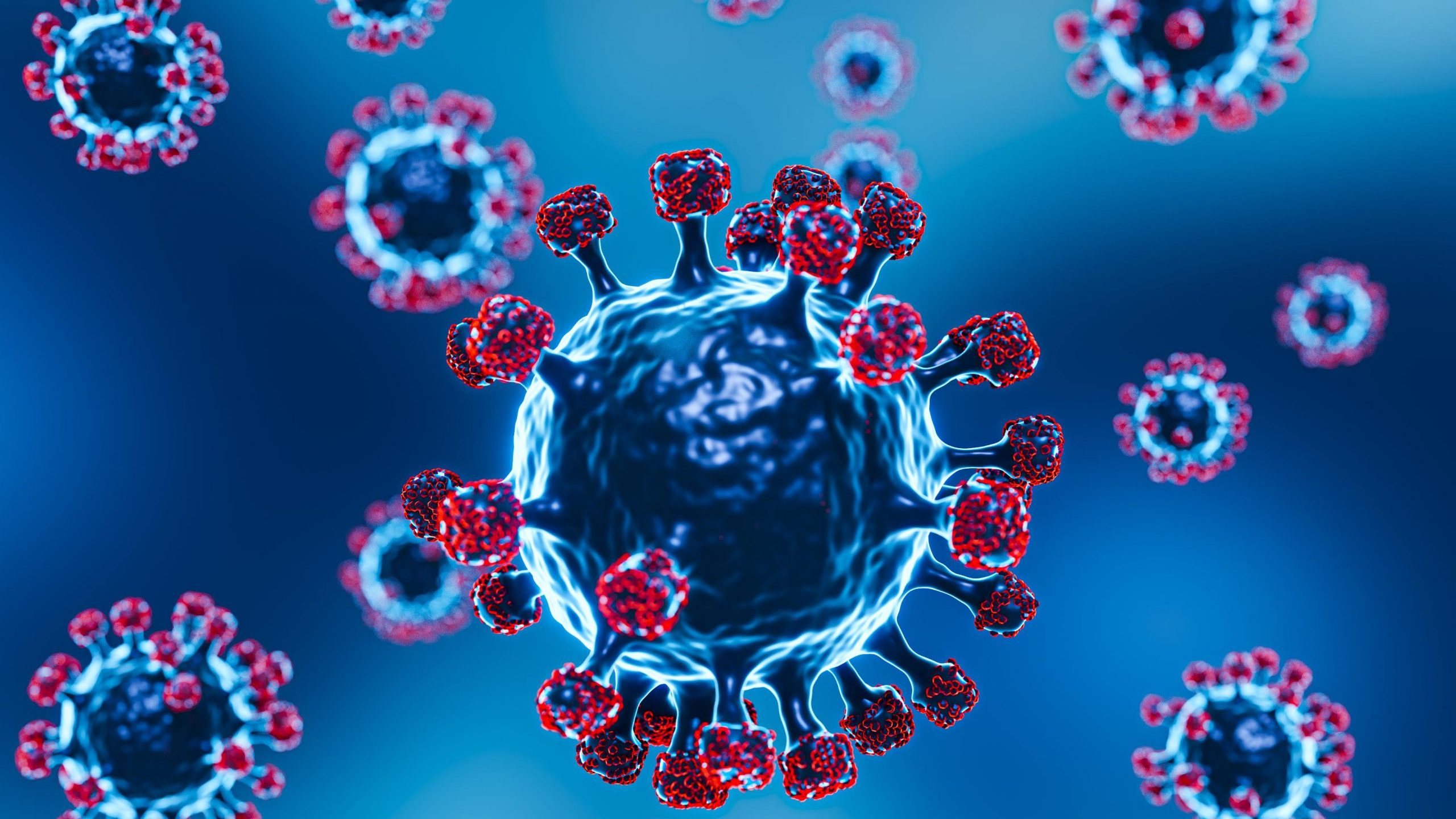As viruses like COVID spread, they inevitably change and some of those changed varieties push others aside. BA.4 and BA.5 are subvariants with new mutations — of the Omicron variant that popped up late last year and then spread like wildfire through global populations.
Public health officials in Ontario and Quebec say the subvariants are helping fuel a new wave – the seventh so far. An expert with Ottawa’s Coronavirus Variants Rapid Response Network said previously that BA.5 would account for 70 per cent of Canadian cases by July 1. Considering this, please review the following FAQ’s regarding the VOC (variants of concern) Omicron, BA.4 and BA.5 shared with us by our Central HCCSS IPAC Consultant Dale Moses.

What makes it different than other versions of the virus that causes COVID-19?
The two new subvariants seem better able to evade immunity provided by vaccination and previous infection, perhaps because of changes to the spike protein — the part of the virus targeted by most vaccines. That means even people recently infected could get infected again, experts say. But BA.4 and BA.5 do not seem to be any more virulent ‚ they don’t cause more severe disease – than previous versions of Omicron. Omicron was generally less dangerous than previous variants like Delta.
What is it doing to the spread of the virus?
The subvariants, and especially BA.5, are driving spikes in cases worldwide, including in Canada. Ontario’s science advisory table, for instance, said this week that BA.5 is leading to exponential growth of COVID in several parts of the province. The number of COVID-19 patients in Quebec hospitals grew by more than 50 per cent, from 1,007 to 1,534 in the last month, public health officials told a news conference .
As with previous versions of the virus, the concern is that while widespread transmission will produce relatively mild disease in most people, the number of people who need be hospitalized or who die will necessarily grow.
Evidence from South Africa suggests BA.4 and BA.5 are not causing a worrying surge in hospitalizations, but in Portugal the rise in hospitalization and death is similar to previous Omicron surges.
Is this going to land us back in lock-down?
Public health officials in Canada have not called for a return to any kind of forced restriction in our daily lives, or of vaccine and mask mandates.

What can I do about it?
Health officials are unanimous about the first and best way to fight BA.4 and BA.5 — get booster shots of vaccine. Canada has one of the highest rates of double-vaccination in the world. But only about 56 per cent of those over 12 have received extra doses. Experts say the immunity provided by those first two doses have decreased, so returning for a third or fourth shot is highly recommended in the face of more contagious subvariants. “If the last dose was more than nine months ago, it’s time for a booster,” said Health Minister Jean-Yves Duclos last week.
Vaccines provided limited protection against actually contracting COVID-19, but when up to date are still a powerful preventive for severe illness or death.
Public health doctors also recommend that people wear masks while indoors among large groups of people, and favour outdoor gatherings if possible.
